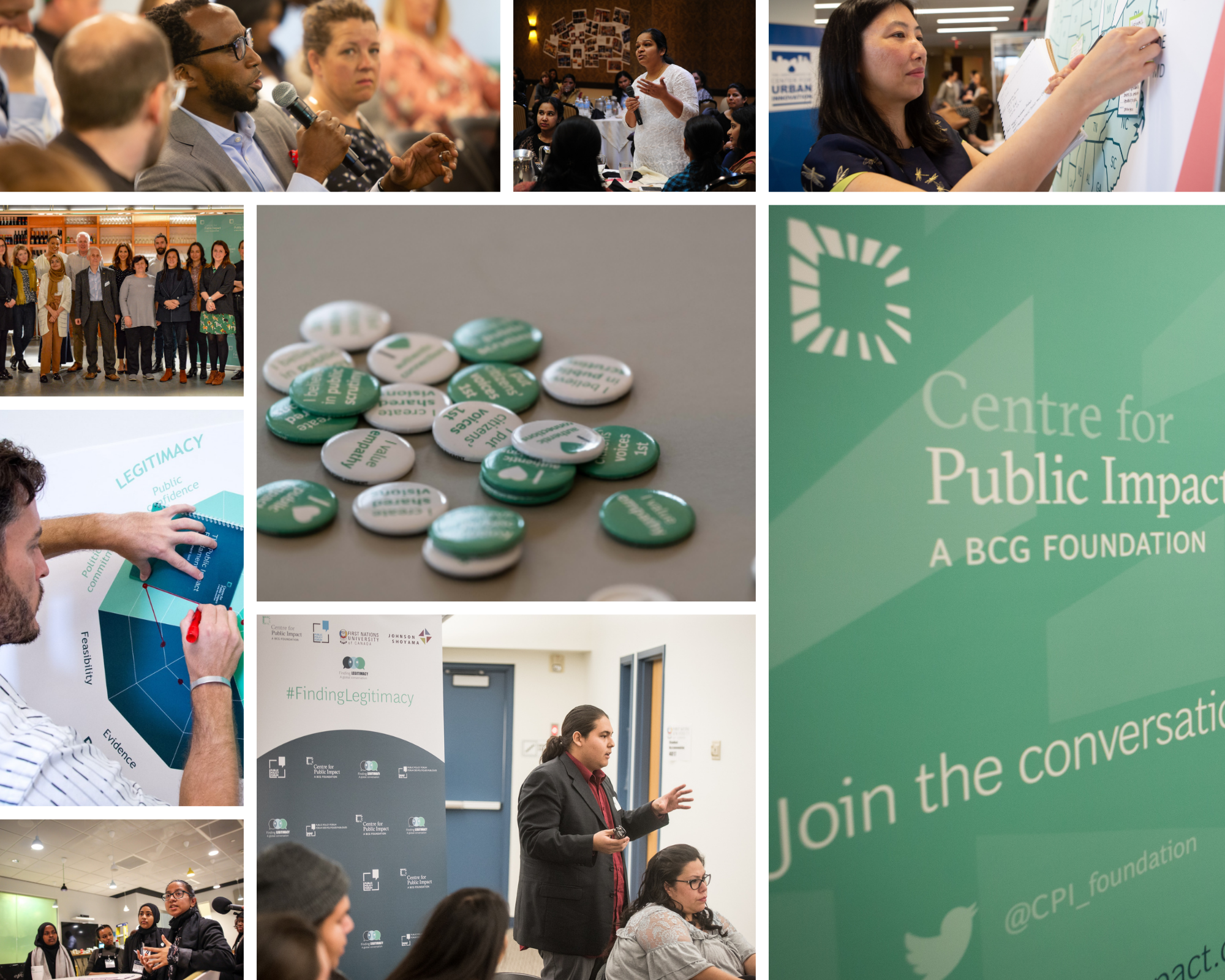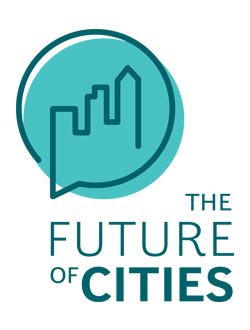
Building a culture of innovation in a small city - interview with Jessica Kahlenberg
Article highlights
Being the first and only person in her city's innovation team isn't stopping @JjKahlenberg from making impact for the people of @ChelseaGov
Share articleEquity is a big factor when it comes to engagement – some people are better equipped than others to engage through tech #FutureofCities
Share articleThere's a lot we can learn from other cities'. We need to look around us and try to do more, says @JjKahlenberg. #FutureofCities
Share articlePartnering for Learning
We put our vision for government into practice through learning partner projects that align with our values and help reimagine government so that it works for everyone.
Jessica Kahlenberg works for the city of Chelsea, Massachusetts, where she serves as the Innovation and Strategy Advisor to the City Manager. In her role, Jessica focuses on understanding how governments can best implement new technology, use data to drive decisions, and take a more innovative and collaborative approach overall.
Innovation starts with openness
Jessica is in the interesting position of being the first and only person in her city's innovation team. Chelsea is a small city (population under 40,000) with a high population density and a history of corruption scandals that dogged the administration in the 1970s and 1980s. We asked how she sees her role and what challenges she is facing.
“Historically, there hasn't been a culture of innovation in Chelsea City Hall - it will take years to change. There's also some resistance to openness, but with the support of the City Manager, I am beginning to challenge this. For example, one of the first projects I undertook was around open data.”
“We set up an open data portal for the city so that information about government spending and finance was available to citizens as well as to researchers at the universities we partner with. Some people in the administration asked, ‘Why would we do this and invite criticism?', but I think transparency is an important first step for us, especially given the city's history. I hope the portal will also help city officials make data-driven decisions by giving them access to information that was previously held in silos.”
“The next step is for me to start building relationships across the city's other departments so I can set up a task force and go further in dismantling the traditional siloed approach.”
Why would we do this and invite criticism?, but I think transparency is an important first step for us, especially given the city's history
Learning from other cities' experiences
While not every larger-city strategy will be appropriate for Chelsea, Jessica began to think about taking the task force approach after speaking to a delegate from Scottsdale, AZ at a recent conference in Detroit. She explains, “He was going to set up a task force of 10-15 people from different departments and come together once a month to try and solve problems. That's definitely something I can apply, although maybe on a smaller scale, in my city.”
“Most delegates at the conference had teams of 5-6 people, whereas I'm a team of one, so there's a lot less capacity to play with. But the conference itself was incredibly useful. Now I know there's a community of people out there doing what I do, and there are some great conversations to be had. When I say to my own administration, ‘Why don't we just look around us and try to do more?', I can bring in examples from other cities, which is very helpful.”
Partnering with non-profits and the private sector
One approach that seems common to all city innovation offices, whatever their size, is that of partnering with local organizations. For Jessica, the key partnerships at the moment are with universities and non-profits.
“One of our important partnerships is with Northeastern University. We are part of a larger project run by their graduate data scientists. They use data on building permits to help understand where growth is happening within the cities of Chelsea, Cambridge and Revere. Partnerships with universities such as Northeastern, as well as Harvard and Boston University, help hold us accountable and produce more data for our open data transparency portal.”
“We also have some very strong non-profit partners, many of them are long-established in Chelsea and inspire great trust among residents. These are the sort of social assistance organizations that people turn to if they are really in trouble and can't heat their homes, for example. They offer services beyond what the city can provide.”
“The relationship between the city and the local non-profits is really good. The city funds many of them and is increasing this funding. For example, they give $125k/year to an organization that funds the Navigators, who interact with people living on the streets, offering both much-needed human contact and a listening ear, as well as making the streets feel safer and more welcoming for other residents.”
Engaging residents in innovation - the fit between equity and technology
In the end, of course, it's the residents who are the ultimate beneficiaries of a city's innovation strategy. We asked Jessica about her efforts to engage Chelsea's residents in the innovation process.
“One factor that can play into the level of engagement you get is equity - some people are better equipped than others to engage through technology. Does the average Chelsea resident use our open data portal? No. But even in Cambridge or Boston, MA, where the average educational level is much higher, most people are not going to go through an Excel spreadsheet to check the crime figures, for example. We try to put ‘at a glance' data in our newsletter but we have to be realistic. Many of our residents work several jobs and don't speak English; they will not necessarily be engaged through an open data approach.”
One factor that can play into the level of engagement you get is equity - some people are better equipped than others to engage through technology
“We have recently improved our response rate to our ‘see click fix' app, which residents can use to take a picture of something, say a street light that's broken. They send the image to the department and can then track it being fixed. It's like a 311 call approach and has been very successful - it's a really good app and shows how well technology and an improved workflow can work for small concrete problems. But if a resident has bigger issues, such as a debt problem that affects their ability to settle bills with the city, then an in-person approach is much better. Our City Manager has an open door policy and residents generally feel comfortable about coming to City Hall to resolve things. Technology can only take you so far - the needs of the people always have to come first and the solution must be built around that.”
***
The Future of U.S. Cities
This case interview is part of our Future of Cities Leaders series. We are launching a handbook, in collaboration with the Boston Consulting Group and the Center for Urban Innovation at The Aspen Institute, to explore how city problem-solvers are using innovation to achieve greater public impact. Our handbook surfaces trends in city innovation, and extracts lessons from conversations with city leaders all over the US on how cities can innovate with intention to address the biggest challenges and create more livable, equitable, and resilient cities. Learn more about the U.S. cities leading the charge.
***
#FutureofCities
#FutureofCitiesLeadersSeries

The Future of Cities Leaders Series
Insights from city problem-solvers on how they are innovating with intention to drive change for residents on the biggest challenges. Our findings are detailed in The Future of Cities handbook.
You may also be interested in...


Driving change for residents with innovation - interview with David Yokum
